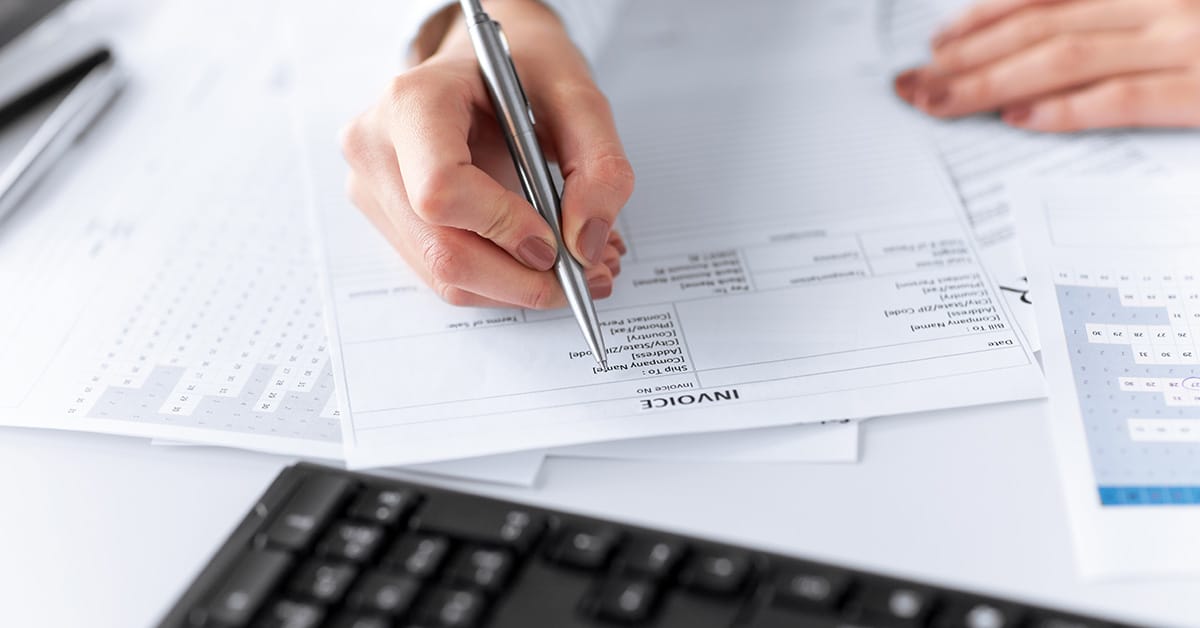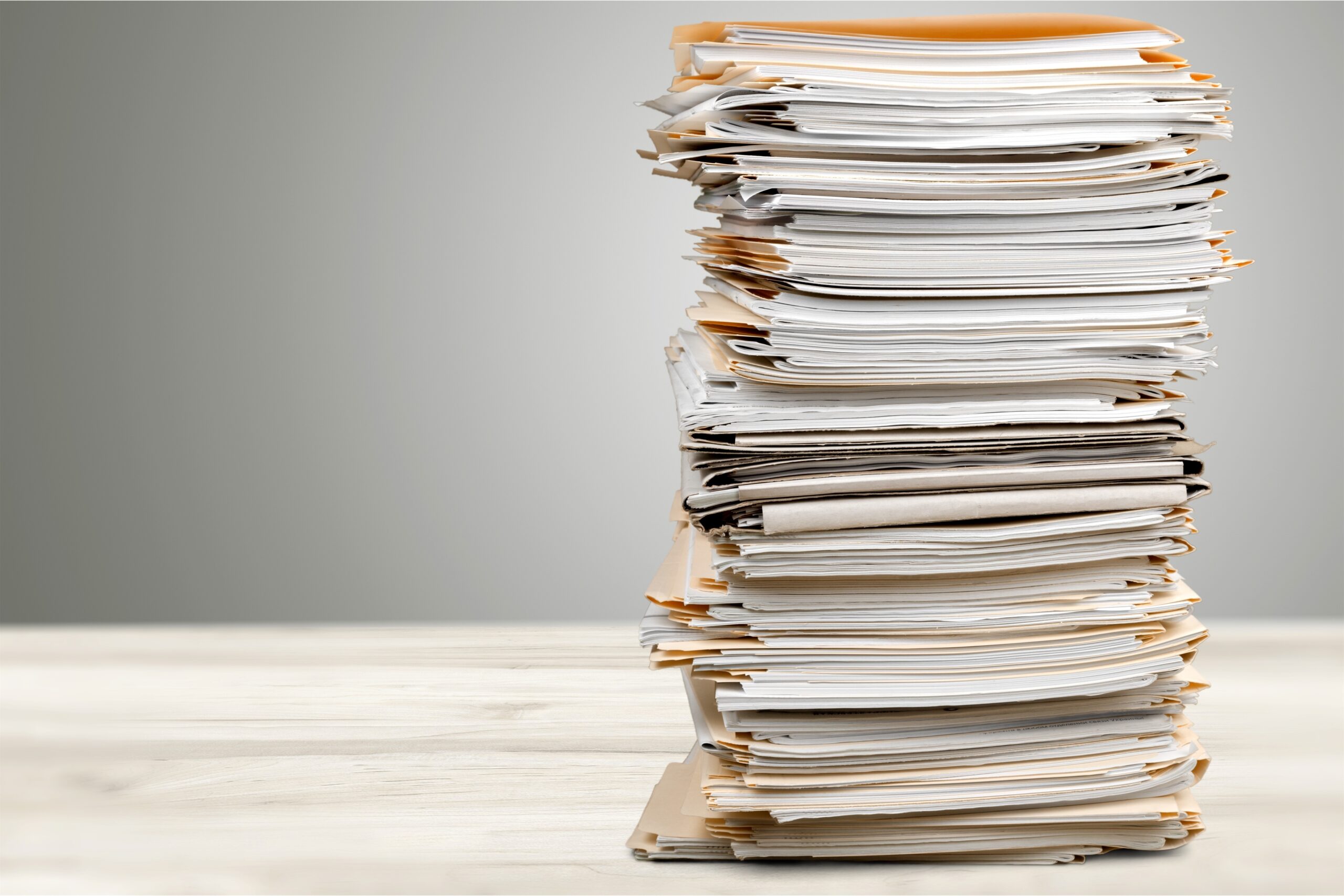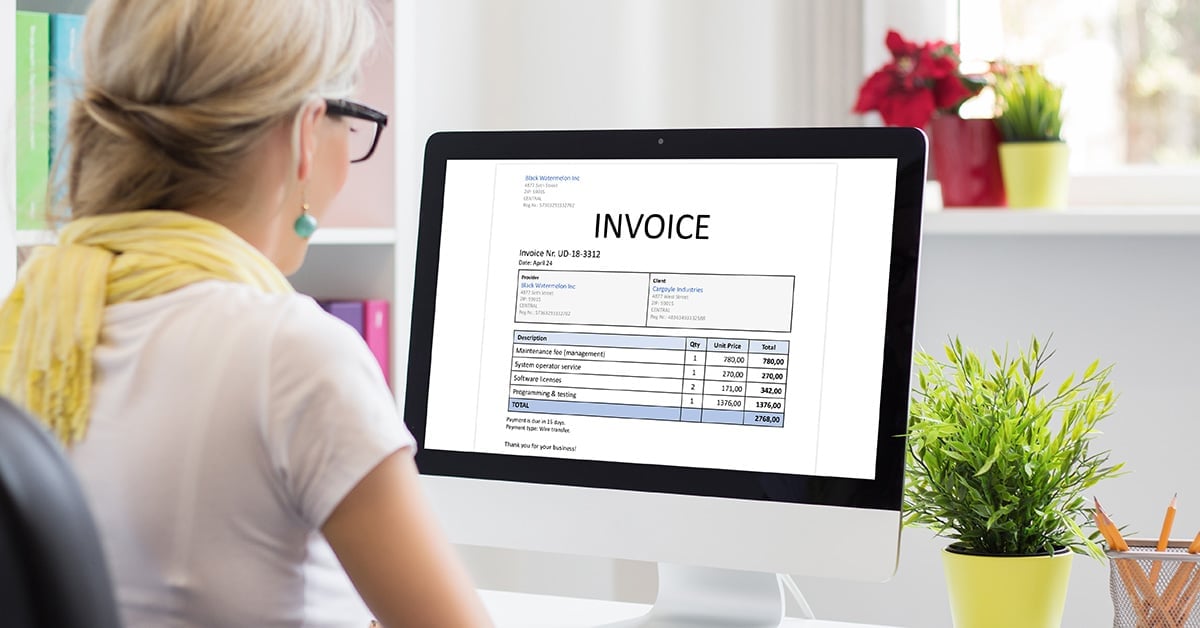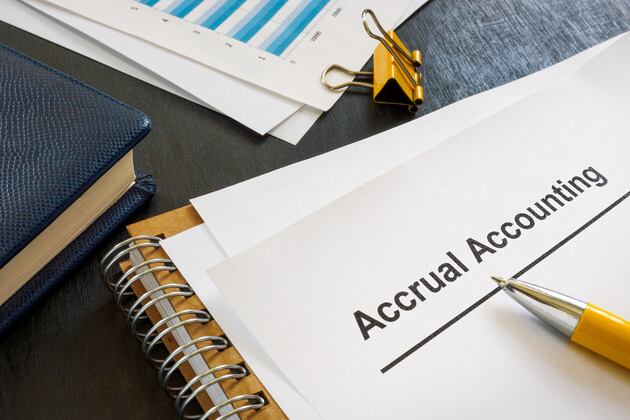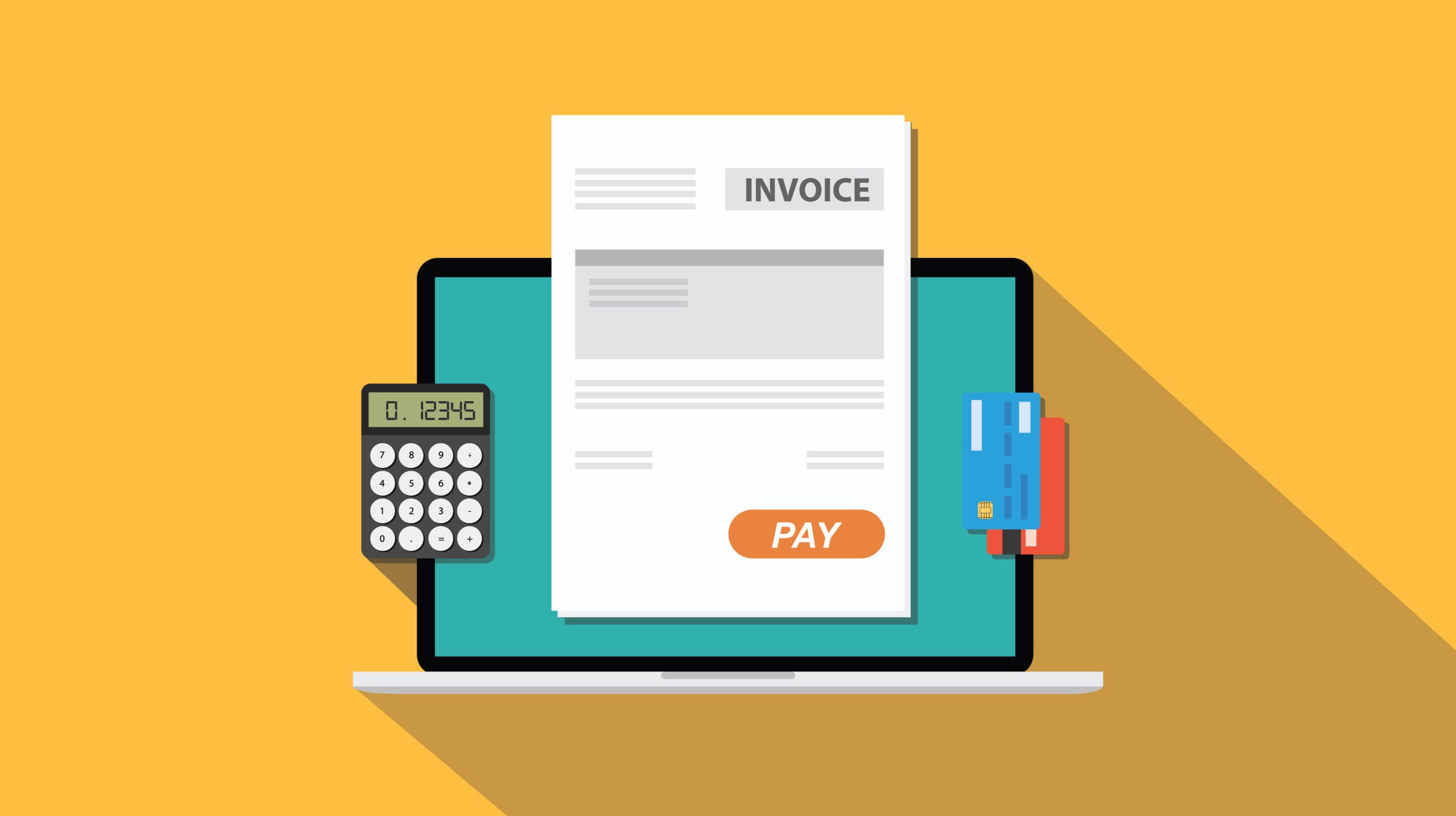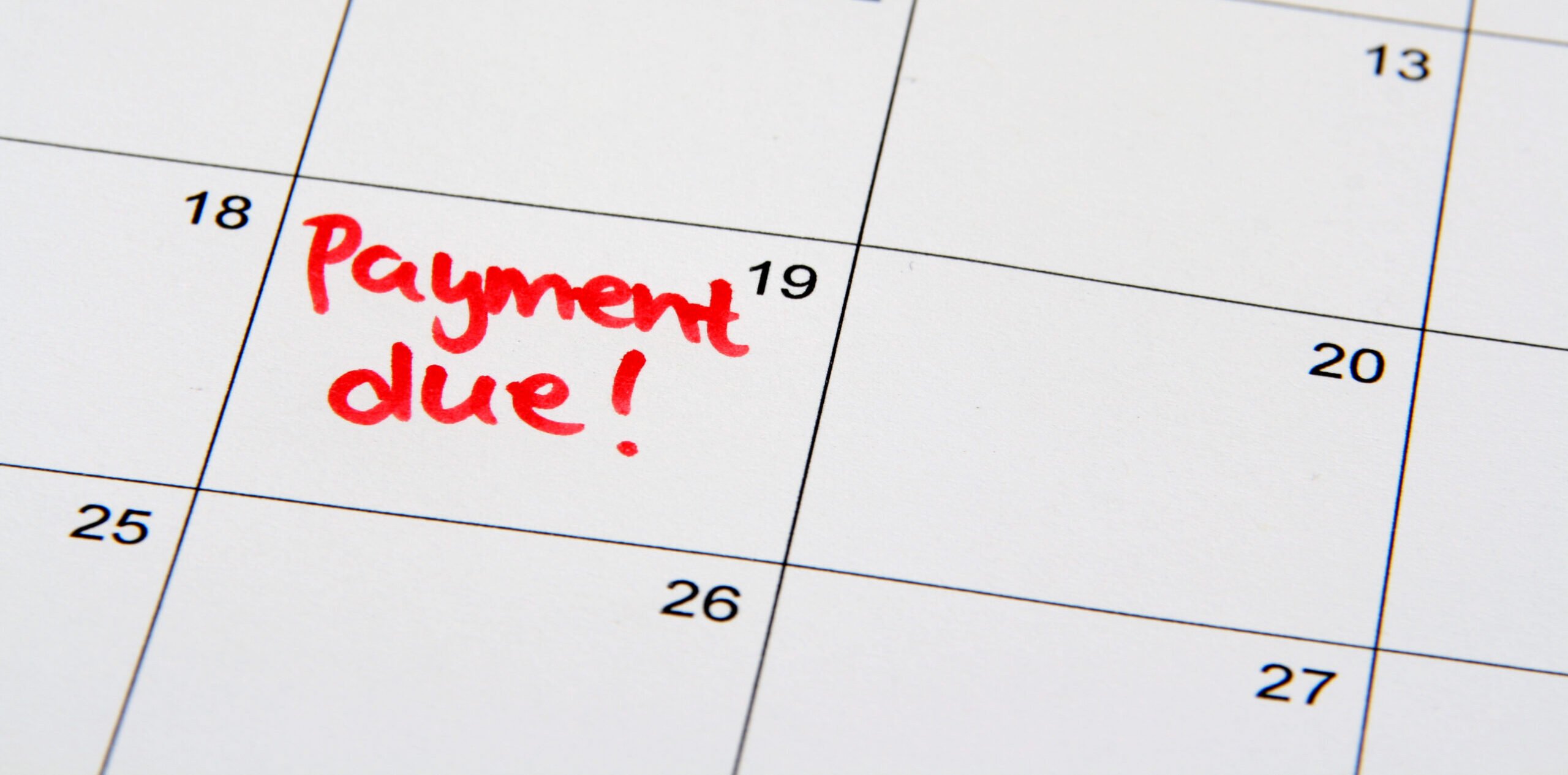What Is Invoice Reconciliation?
July 5, 2022 by Invoice Simple

Independent contractors and freelance businesses chart their own financial courses. That means you must be in control of your finances and their accuracy. A big part of such a process is invoice reconciliation.
To ensure you follow all the rules (local, state, national, international), you’ll want to establish processes for your finances. In this post, we’ll explain invoice reconciliation and its importance and provide tips for independent contractors and freelance companies.
Understanding Invoice Reconciliation
Invoice reconciliation is the process of matching banking statements or transaction inputs in accounting software to invoices. The key here is to compare different sources related to a single purchase or bill like invoices and receipts.
At the end of reconciling, you should be able to confirm that money going in and out of the account lines up with invoices processed. It may seem like a monotonous task but it’s an important activity to ensure no errors on either end.
The Importance of Invoice Reconciliation
Invoice reconciliation is an important process in your business for many reasons. Here are a few ways it impacts your business.
Ensuring Accurate Funds
When you reconcile both inputs and outputs regularly, you reduce the risk of not having sufficient funds in your accounts. You may find that there are overdue invoices from your customers that are impacting your cash flow. You can immediately see what’s outstanding by reconciling, so you don’t overextend your accounts.
Catching Billing Mistakes and Increases
Even in the world of automated invoices, mistakes still happen. For invoices you receive for services as an independent contractor, you want to analyze each line. Reconciliation could detect errors by vendors of incorrect quantities, prices, or products/services.
The process ensures you’re not paying for something you didn’t receive. This also applies to invoices that are the same each month (e.g., internet service or mobile phone bills) and on autopay. The reason is that you may have promotional discounts that expire. If they do, that payment will go up, so you want to keep an eye on this so you can renegotiate or consider a new provider.
Identifying Fraud
If you reconcile each month, you’ll better understand your cash flow and be able to identify errors or fraud in a timely manner. You’ll be on high alert for anything that looks suspicious and can act quickly.
While the process is simple, you may still encounter challenges.
The Biggest Challenges of Invoice Reconciliation
No matter the size of your business or what you do, many processes pertain to your financials. That means issues can keep you from reconciling seamlessly or not at all. Here are some of the common challenges independent contractors and freelance businesses face.
Various Sources of Payment
Your clients may pay you through multiple channels — digital payment apps, direct deposits, accounting software, paper checks, etc. That can make it tricky to reconcile money coming in because it gets to you in different ways. You can alleviate these issues by standardizing payment sources. If that’s not possible, you should centralize the information about the payments. This can be done through an invoicing software system that helps you easily keep track.
Manual Processes Introduce Errors
If you’re manually reconciling using spreadsheets, errors are inevitable. A study determined that, on average, large spreadsheets have at least one bottom-line error. It further concluded that spreadsheet errors are hard to detect by users.
The more lines you enter into spreadsheets, the more likely something can go wrong. Do your best to audit your spreadsheets every time you use them. However, spreadsheets may become too cumbersome and manual as your business grows. In which case, you might want to implement an automated accounting software solution.
High Volumes of Invoices Take Up Time
If the volume of invoices grows steadily, you may feel like you’re drowning in paperwork. If you wait until the end of the month to do all steps of the reconciliation process, it could take up an entire day of your time, and that equates to unpaid hours for you. It won’t seem so overwhelming if you can do a little along the way.
To alleviate these challenges and create a streamlined process, use some of these tips that can save you time and money.
KEEP READING: Unpaid Invoices: A Simple Guide For Freelancers & SMEs
Quick Tips for Improving Invoice Reconciliation
Customizing this process to fit your needs can be done easily by following these tips.
Compare Packing Lists to Shipments and Orders
As you receive items for your business, you should cross-reference what you receive with packing lists and invoices. You should be looking for inconsistencies between the quantity and descriptions on the list and what you received.
Mark off each item from the packing list that is correct. If you find any errors, make a note of that. Next, you’ll take the data you gathered and reconcile the packing list with your order.
Refer to your original order and follow the same process as above, marking off the correct items. If there are discrepancies in this, first look to see if you’re getting a separate shipment with the missing items. After gathering all the data, report any issues to your vendor for correction.
Determine Validity for Service Invoices
A considerable portion of your bills may relate to services, not products. You can’t assess them in the same way, but don’t ignore them. Look at the details of the invoice. Then validate that the price charged is equal to the agreed-upon price. Also, review to see if the vendor added any extras you didn’t ask for or want.
Keep Records Organized for Easy Access Later
Once you reconcile invoices and pay them or get paid, you still need them. These invoices are critical to submitting your taxes as an independent contractor. You can use a color-coding system in paper or digital files to note the expense category. It will make tax time much easier for you.
Ask for Detailed Invoices and Send the Same
Another way to improve reconciliation is to request from your vendors detailed invoices. Those with single lines of information won’t be much help when you’re attempting to verify it. You can be more confident that you paid for what you received when you have all the details.
Details go both ways. Make sure your outgoing invoices define the work completed and rates (e.g., hourly, by project, etc.). If you send out many bills, it can be hard to remember what you did for whom. This practice helps you avoid going back through emails or documents to remember what the job was.
Set Up Reminders Related to Reconciliations
Depending on payment terms with vendors and clients, you may want to set up reminders on your calendar for certain dates. For example, if you have 15-day terms and send statements on the first of the month, you should have payments by the 15th. You can quickly see what’s late and send proactive follow-ups to clients about overdue balances. Staying on top of this should keep cash flow positive.
With a straightforward process and ways to avert challenges and optimize, your invoice reconciliation practices can be effective. When they are, you can enjoy better cash flow, fewer errors, less risk of fraud, and a reduced chance of missing payments.
In Conclusion
Your invoicing system is a crucial part of running your business. Reconciling your invoices on a regular basis can help keep your cash flow running smoothly and ensure you aren’t missing any issues. Take the time to implement a process that works for you and will continue to work as your business grows.
RELATED ARTICLE: Invoicing Tips: Can You Write off Unpaid Invoices?
